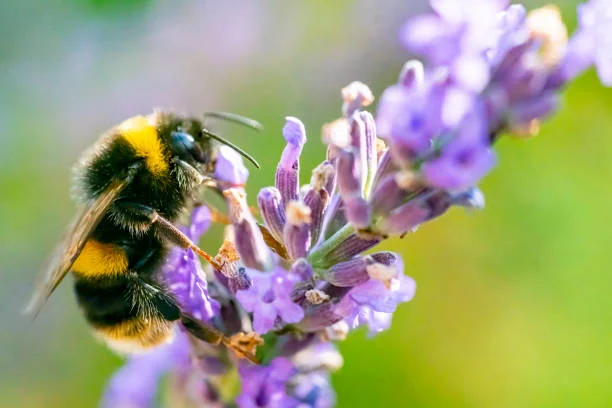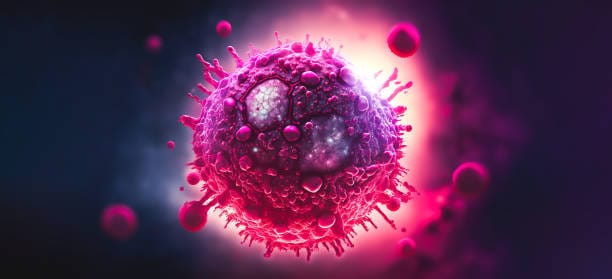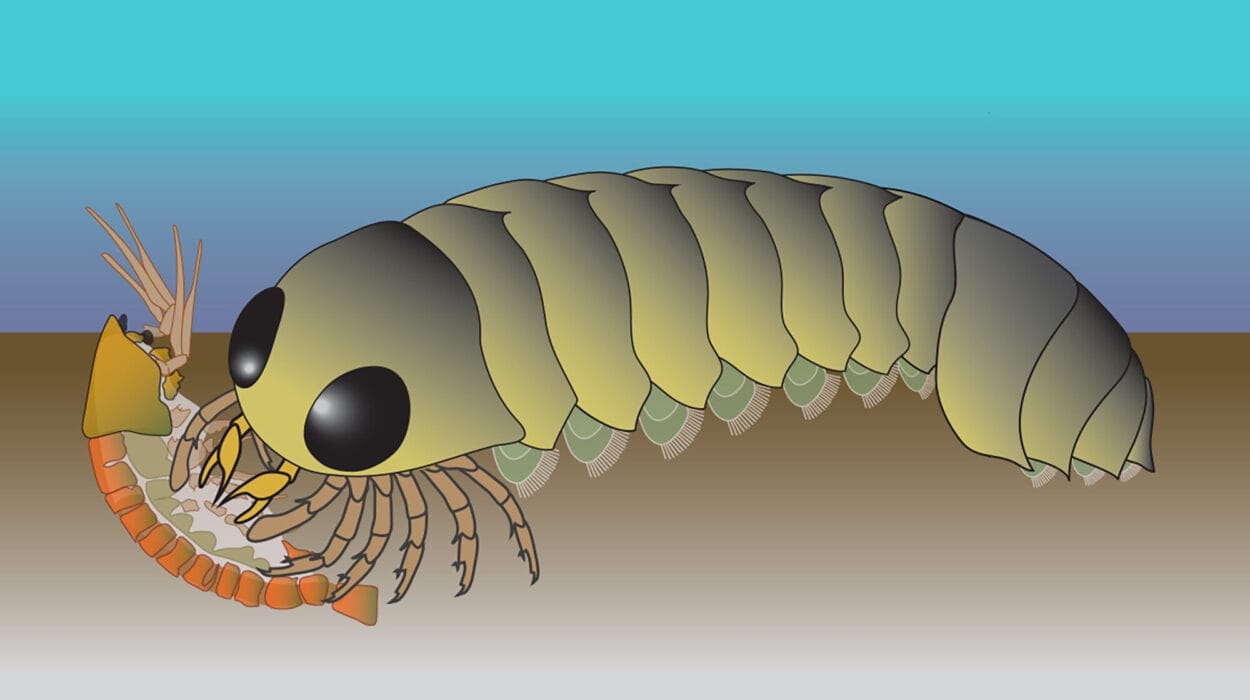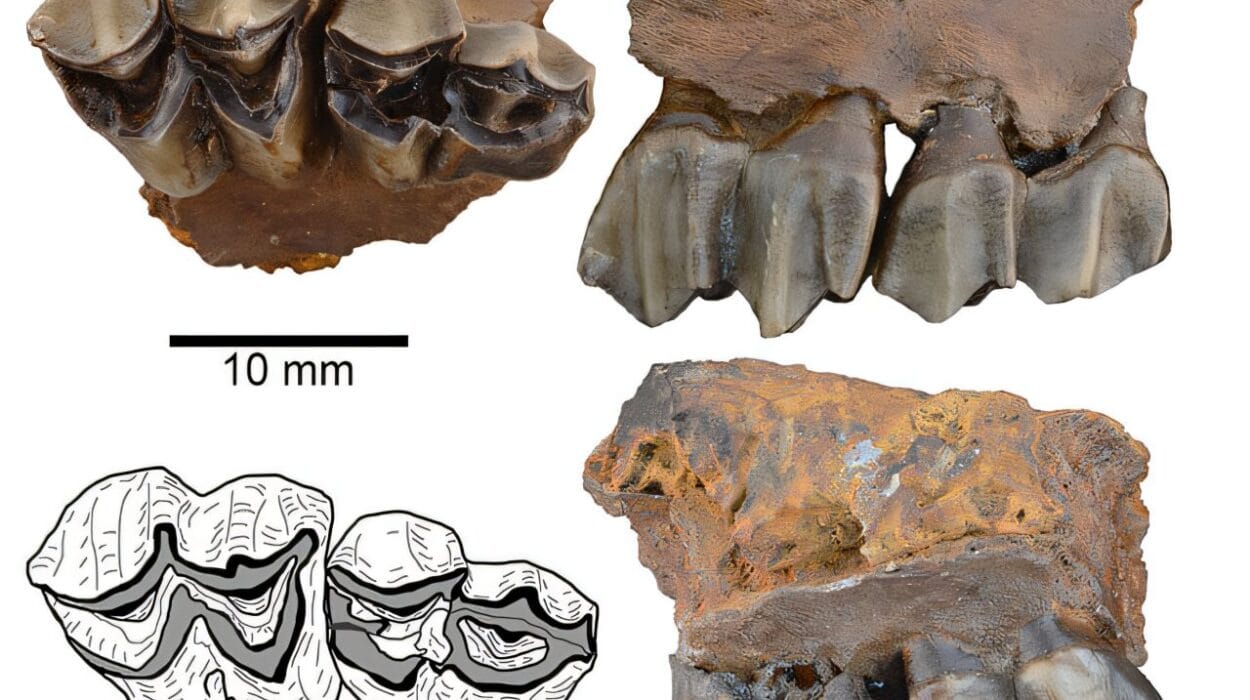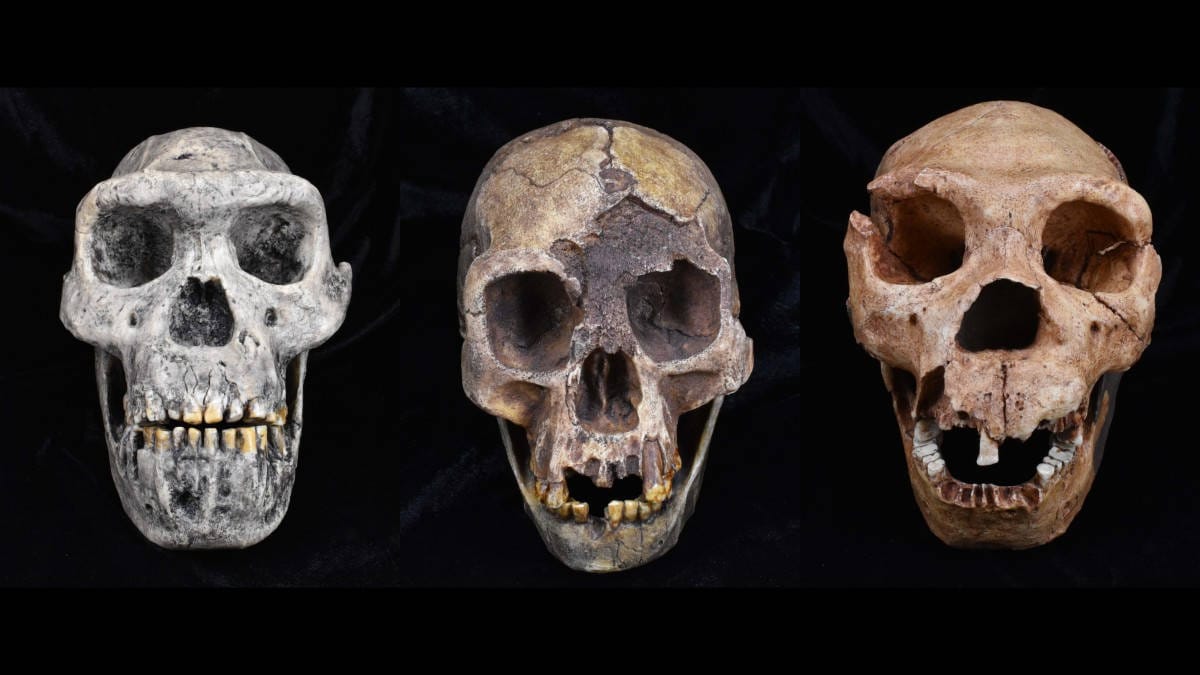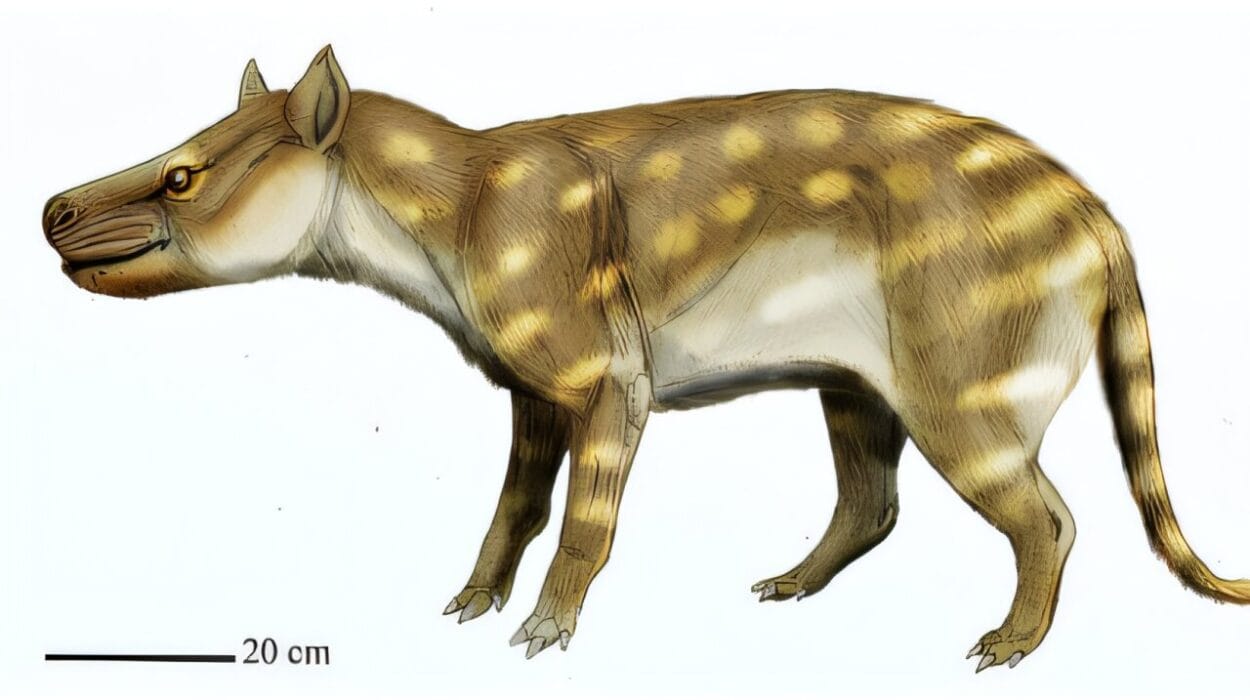We often imagine bees as nature’s perfect workers—buzzing from flower to flower with mathematical precision, collecting nectar and pollen in a delicate, well-balanced exchange between plant and pollinator. But new research suggests that when it comes to nutrition, even these evolutionary marvels can get it wrong.
In a surprising and revealing study from Penn State University, scientists have found that bumble bees (Bombus impatiens) don’t necessarily choose the foods that are best for them. Much like a child picking candy over vegetables, bees sometimes make poor dietary decisions—even when their survival depends on getting it right.
The findings, published in the Journal of Insect Physiology, challenge long-standing assumptions about how pollinators regulate their diets, and raise crucial questions about bee health in a world where their natural food sources are increasingly under threat.
A Taste for Trouble
Dr. Etya Amsalem, an associate professor of entomology at Penn State and lead author of the study, set out with her team to investigate how bumble bees respond to different diets. Specifically, they wanted to know: do bees instinctively choose foods that improve their health and reproductive success?
To answer this, the researchers created carefully controlled microcolonies of bumble bee workers—tiny, artificial hives where each group of three same-aged bees was fed a customized diet. These diets included pollens enriched with different macronutrients (proteins or lipids) and nectar-like sugar solutions with varying concentrations of carbohydrates.
Then, over a 10-day period, the researchers tracked not only how much the bees ate, but also several key markers of health: weight gain, ovary activation, and the number of eggs laid.
The results were striking. Bees consumed more pollen when it was high in protein and less when it was high in lipids (fats). When the nectar solution was less sweet, they drank more of it to compensate. But none of these choices improved their fitness. In fact, in nearly every case, the bees’ bodies responded poorly.
“They weren’t just making neutral choices,” Amsalem said. “They were over-consuming some things and under-consuming others—and their health suffered for it.”
Not So Sweet: When Instincts Misfire
What’s fascinating—and concerning—is what this tells us about how bees perceive nutrition. Previous theories assumed bees were like tiny nutritional mathematicians, naturally drawn to what would best fuel their work. But this study suggests something different: that bee feeding behavior may be shaped not by precise self-regulation, but by evolutionary leftovers.
“Bee preferences are unlikely to reflect true needs and more likely result from evolutionary constraints,” Amsalem explained.
In other words, bees may crave protein not because it’s always good for them, but because their ancestors evolved in environments where protein was rare—and so it was valuable to binge when it was available. But in today’s fragmented, human-dominated landscapes, that evolutionary strategy may be backfiring.
Excess protein, the researchers found, doesn’t improve bee health—it actually reduces reproductive success by making it harder for bees to eliminate nitrogen waste. Meanwhile, bees seem to avoid lipids, perhaps not because they’re harmful, but because bees never developed efficient ways to process them.
Add to this the problem of diluted nectar—bees drank much more when the sugar concentration was low, which seems logical, but also led to overconsumption of fluids and no net gain in energy or body mass.
A World of Shrinking Choices
These findings take on added urgency in the context of a global bee crisis. Pollinator populations, including bumble bees, are in steep decline across many parts of the world. Habitat loss, pesticides, parasites, and climate change are all contributing factors. But increasingly, scientists are pointing to nutritional stress as a silent culprit.
In natural ecosystems, bees have access to a wide variety of flowering plants that offer a balanced menu of proteins, fats, carbohydrates, and micronutrients. But in modern agricultural landscapes—dominated by monocultures and pesticide-heavy crops—those food choices are vanishing.
“Habitat loss and agricultural development have reduced the numbers of flowers, forcing bees to rely on suboptimal food sources,” Amsalem noted.
This study underscores a dangerous irony: even when bees are offered food, they might be choosing the wrong things from what little is left.
Why It Matters for Conservation
If bee diets are mismatched with their health needs, and if their instincts aren’t leading them to better choices, then current conservation strategies may need a major rethink. Simply planting more flowers may not be enough. What matters is what’s in those flowers.
“We assume that if bees are eating something, it must be good for them,” said Amsalem. “But that’s like saying because my toddler chooses chocolate over broccoli, chocolate must be better. That’s obviously not the case.”
Conservation plans, she suggests, should focus not just on providing food, but on nutritional quality. That means selecting floral species that offer a diverse and balanced mix of macronutrients—and perhaps even studying the role of micronutrients like vitamins and minerals, which could play crucial but poorly understood roles in bee fitness.
The Next Questions
This research opens the door to a host of new scientific questions. Why exactly do bees fail to optimize their diets? Is it purely physiological—based on what their bodies can digest—or do sensory and behavioral factors play a role?
“Future research could investigate gustatory biases—how bees taste and respond to different nutrients—or ecological tradeoffs in how they forage,” Amsalem said.
Another mystery is how much individual bees can learn and adjust. Could some bees be smarter eaters than others? Could exposure to a wider range of foods during early life change their dietary choices later on? Could colonies be “trained” to seek out better nutrition?
These aren’t just academic questions. With bees pollinating one-third of the food we eat, their well-being is directly tied to our own. And if we’re building environments where even bees can’t eat right, what does that say about our ability to protect nature?
When Instinct Isn’t Enough
Nature is full of brilliance, but it isn’t perfect. Sometimes, instincts that evolved over millennia no longer match the realities of a rapidly changing world.
This study doesn’t just reveal a nutritional quirk in bumble bees—it reveals a deeper truth. Even the most ancient, finely tuned behaviors can be thrown off course. Evolution equips species to survive their past—but not always their present.
In the case of bumble bees, it turns out that survival may depend not just on having food, but on having the right food—and maybe a little help from the scientists who are finally asking the right questions.
Reference: Etya Amsalem et al, Do bumble bees make optimal nutritional choices?, Journal of Insect Physiology (2025). DOI: 10.1016/j.jinsphys.2025.104822
